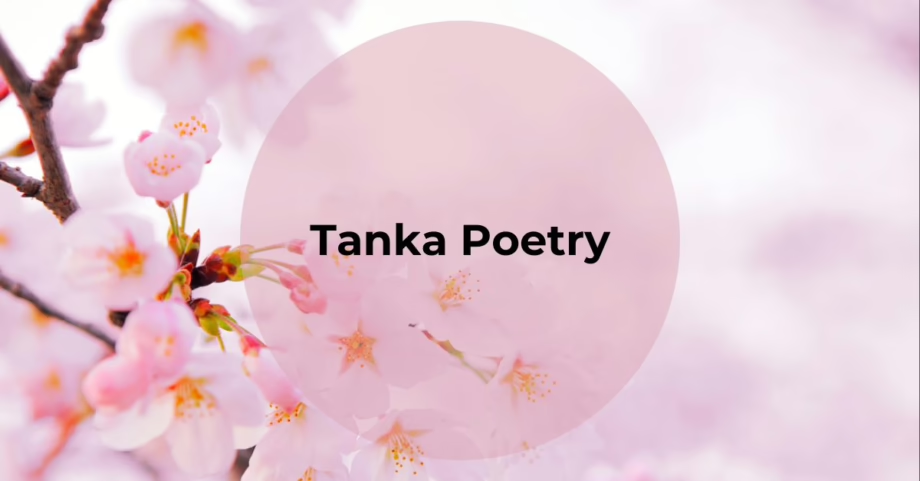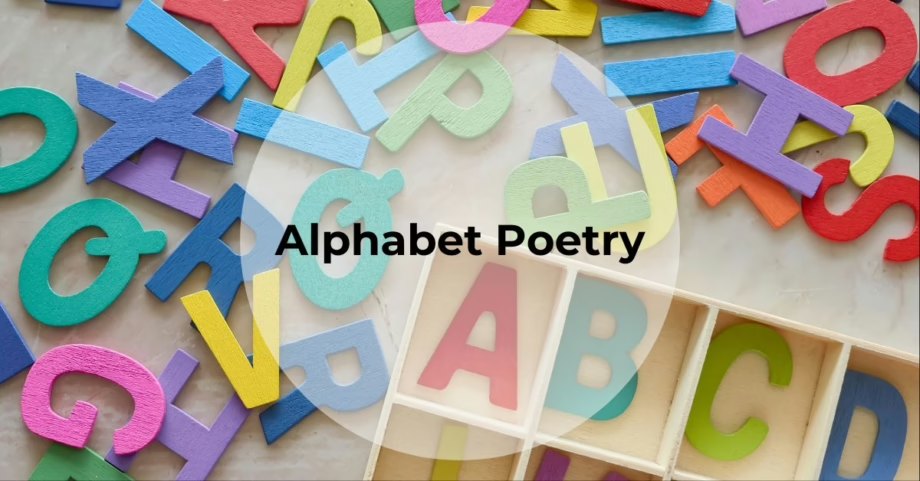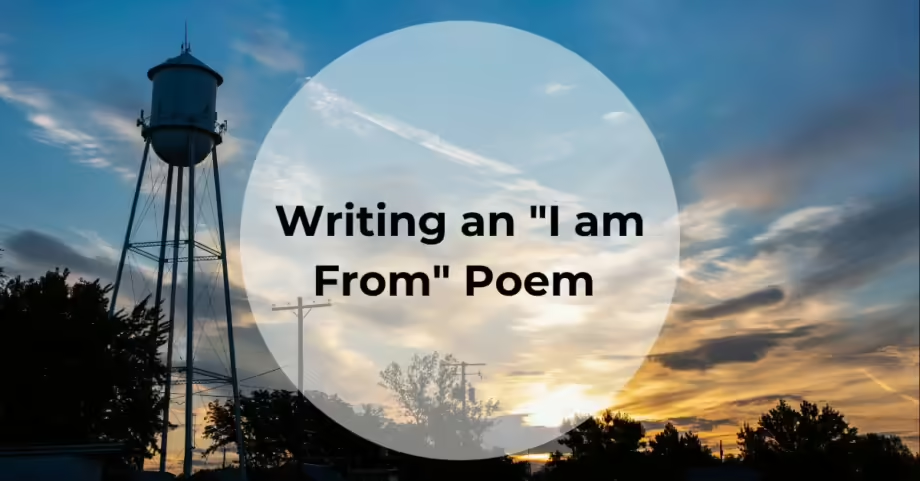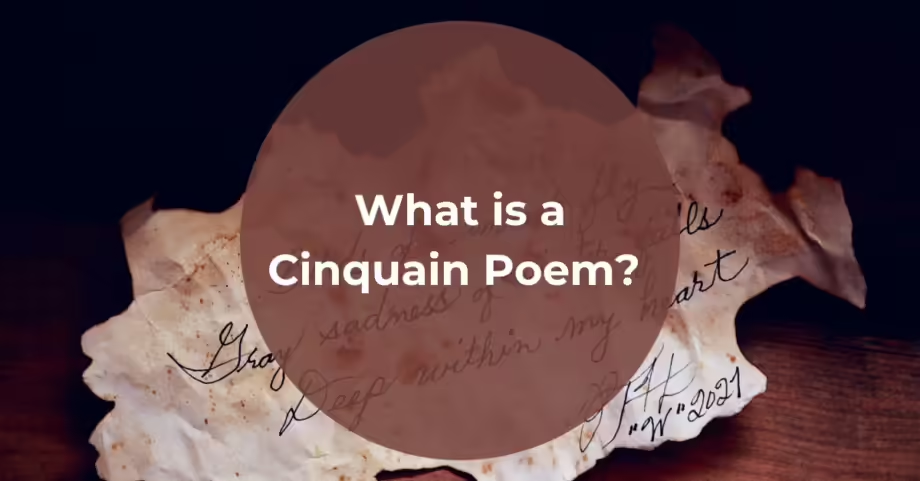If you have ever felt boxed in by meter, rhyme scheme, or strict poetic forms, free verse poetry might be the creative breath of fresh air you’ve been searching for. Free verse lifts the requirement of a fixed rhyme or meter, granting poets the freedom to explore language, imagery, and emotion on their own terms. Rather than strictly adhering to formal constraints, free verse poets focus on cadence, line breaks, and resonant images to convey ideas.
Today, free verse has become one of the most popular modes of expression for both emerging and seasoned poets. In this guide, we’ll explore free verse poetry, its definition, historical roots, distinguishing features, and practical tips for crafting your very own free verse poem.
What is Free Verse Poetry?
Free verse is a form of poetry that does not follow a consistent meter or rhyme scheme. Instead, it relies on the natural cadence of spoken language, the thoughtful use of line breaks, and the effective deployment of poetic devices to create rhythm and emphasis.
While it’s often said that free verse has “no rules,” this can be misleading—free verse still uses core poetic elements, such as vivid imagery, metaphor, simile, alliteration, and repetition. These elements allow poets to shape meaning and mood without the constraints of traditional patterns.
Characteristics of a Free Verse Poetry
Many people assume that, because it lacks traditional structure, free verse means “anything goes.” In reality, the best free verse poems demonstrate a keen sense of form, sound, and imagery.
Here is an overview of free verse poetry before we get into more details:
- No Fixed Meter or Rhyme: The poet decides where each line breaks and how the poem flows.
- Poetic Devices Remain Important: Imagery, symbolism, and figurative language guide the reader’s experience.
- Focus on Cadence: The beat or pulse of the poem can be subtle or pronounced, but it isn’t confined to iambic pentameter or other set forms.
Looking for more of a deep dive on the component of free verse poetry? We’ve got you covered:
- Line Breaks and Spacing
Poets often use line breaks to emphasize certain words or phrases.
Spacing and indentation can indicate pauses or shifts in tone.
Visual arrangement on the page can be critical to the poem’s rhythm and meaning.
2. Cadence Over Fixed Meter
While not bound by a uniform meter, free verse can still create a musical quality through the strategic placement of stressed and unstressed syllables.
Internal rhythm may emerge from word choice, repetition, and parallel structures.
3. Use of Enjambment
Enjambment, where a sentence or thought runs over from one line to the next without a terminal punctuation mark, is a common technique. It helps control pacing and builds momentum.
4. Imagery and Figurative Language
Without relying on rhyme scheme or meter, free verse poets frequently heighten the poem’s impact by layering in metaphors, similes, symbolism, and other figurative devices.
Vivid imagery cements the reader in a time, place, or emotional state.
5. Subjective Structure
Each poet may create their own internal logic or structure—some use stanzas, while others eschew them.
The poem’s shape on the page can be integral to its meaning.
These characteristics underscore that free verse still possesses an intentional craft—poets must be deliberate in how they wield language and structure.
History of Free Verse Poetry
Although poetry without a rigid form has existed in various cultures for centuries, free verse, as we commonly think of it today, gained major traction in the late 19th and early 20th centuries.
- Walt Whitman (1819–1892): Often hailed as one of the earliest architects of modern free verse, Whitman’s seminal work Leaves of Grass showcased long, sprawling lines and a conversational style that broke from the strict norms of the time.
- T.S. Eliot and Ezra Pound: These poets carried on the experiment of free verse into the early 20th century, refining the form through Modernist perspectives. They believed that poetic rhythm could be achieved through the arrangement of words and images rather than a fixed metrical pattern.
- The Modernist Movement: Emphasizing fragmentation, stream of consciousness, and departure from conventional forms, Modernist poets shaped free verse into a vehicle for portraying the complexities of modern life.
- Contemporary Voices: Today, poets like Maya Angelou, Adrienne Rich, and many others continue to adapt free verse to examine personal and societal themes, ensuring it remains a vital and continually evolving poetic expression.
Thanks to these pivotal influences, free verse is now a widely accepted and beloved form, often seen as the default for contemporary poetry collections.
Free Verse vs. Traditional Poetry
It can be helpful to understand free verse by contrasting it with more traditional poetic forms:
| Traditional Poetry | Free Verse Poetry |
|---|---|
| Often adheres to a fixed rhyme scheme (e.g., ABAB) | No consistent rhyme scheme is required |
| Typically follows a set meter or syllabic pattern (e.g., iambic pentameter) | Free from metrical constraints, focusing instead on natural speech rhythms |
| Recognizable forms such as sonnets, villanelles, or haikus | Flexible, allowing for individual shapes and line breaks |
| Can be challenging to innovate within the boundaries of the form | Can be challenging to create a cohesive poem without preset structural guidelines |
In other words, while traditional forms define rules that foster a certain kind of creativity, free verse invites you to be the architect of your own poetic world—every choice is yours to make.
How to Write a Free Verse Poem
Because there are no constraints limiting you, poets truly get to decide what writing free verse poetry looks like for them. Here are a few recommendations on ways to get inspires to write free verse.
Begin with a Theme or Emotion
- Identify a subject that sparks your curiosity or a feeling you want to explore.
- You might jot down a few keywords, mental images, or phrases that come to mind.
- Don’t overthink the structure yet—focus on capturing the raw essence of your subject.
Focus on Imagery and Sensory Details
- Think about the sights, sounds, smells, tastes, and textures associated with your theme.
- Consider how best to capture these sensory experiences in words.
- Concrete details often resonate more powerfully than abstract statements.
Experiment with Line Breaks and Spacing
- Write down a rough draft where you place line breaks intuitively—where a pause or emphasis feels natural.
- Observe how each line break changes the poem’s flow. If a particular line stands out, try giving it visual space to highlight its significance.
- Play with stanza divisions, staggering or indenting lines, and see what effect these choices have on pacing and impact.
Use Poetic Devices Wisely
- Alliteration: Repetition of initial sounds (e.g., “whispering winds”) can create a subtle musicality.
- Metaphors & Similes: Compare unrelated things to spark insight (“Her laughter was a sudden summer rain”).
- Repetition: Repeating a word, phrase, or line can create emphasis and a strong cadence.
Revise and Refine
- Read your poem aloud and listen for natural rhythms or awkward phrases.
- Remove unnecessary words or clichés that don’t serve the overall mood.
- Tweak line breaks, rearrange stanzas, and see how these adjustments transform the reading experience.
- Consider feedback from fellow poets or a writing community—fresh eyes can spot nuances you might have overlooked.
By combining these steps, you’ll gradually shape a free verse poem that feels cohesive and intentional, even without the scaffolding of strict form or meter.
Examples of Free Verse Poetry
Classic Example: Walt Whitman
“I celebrate myself, and sing myself,
And what I assume you shall assume,
For every atom belonging to me as good belongs to you.”
— Leaves of Grass
In this excerpt, Whitman seamlessly connects grand philosophical ideas about individuality and unity without any reliance on end-rhyme or consistent meter. Notice how the lines flow as naturally as spoken language, yet still carry a bold rhythm.
Contemporary Example
Imagine a simple free verse poem that captures a sudden moment of insight:
I watch the rain
slip off the roof,
each drop,
a tiny mirror—
reflecting
the gray sky
inside my hands.
While there is no end rhyme or strict meter, the line breaks help pace the reading. The short lines visually mimic falling raindrops, and words like “slip” and “mirror” evoke both motion and reflection.
Misconceptions about Free Verse Poetry
Because the term “free verse” can be misunderstood, let’s address a few prevalent myths:
- “Free Verse Is Easy”
- While there’s no set form to follow, crafting a compelling free verse poem requires deliberate choices. Poets must be architects of their own structure—requiring an even greater sense of control and purpose.
- “It’s Not Real Poetry”
- Over the past century, free verse has been embraced by countless acclaimed poets and taught in academic institutions. Its legitimacy is well established, and it continues to shape modern poetic discourse.
- “No Rules at All”
- Though not bound by meter or rhyme, free verse still relies on internal coherence and mindful construction of imagery, sound, and pace.
Frequently Asked Questions (FAQ)
Is free verse really “free” from any rules?
While free verse does not adhere to predetermined rhyme schemes or meters, it still operates within poetic principles such as vivid imagery, line breaks, and thoughtful language. Think of it as a flexible framework rather than an absence of structure.
Why do poets choose free verse over other forms?
Free verse allows poets to focus on the immediacy of language and the emotional content of a poem without the constraints of form. This flexibility can lead to more spontaneous expression and an intimate connection with readers.
What are the best tools or exercises for writing free verse?
Journaling or free-writing can help you discover themes and imagery. Reading established free verse poets—like Walt Whitman, T.S. Eliot, or Maya Angelou—offers insight into integrating poetic devices. Online poetry communities and workshops can also provide valuable feedback and motivation.
Does free verse still use rhyme or meter sometimes?
Some free verse poets might sporadically experiment with rhyme or meter for dramatic effect. The difference is that these choices aren’t systematic—they’re employed at the poet’s discretion rather than imposed by a rigid pattern.
Conclusion
Free verse poetry represents a compelling interplay between structure and spontaneity, allowing you to shape form and content in ways that resonate personally. Whether you’re drawn to everyday reflections, grand philosophical statements, or something in between, free verse can be the perfect vessel for your creative expression.
The form’s open-ended nature challenges you to be deliberate with every choice—line breaks, spacing, diction, and imagery all become building blocks that shape the poem’s soul.
If you’re looking for more poetic inspiration, explore other forms—like sonnets, haiku, or spoken word—to see how various constraints (or lack thereof) spark new ideas.
Tanka Poetry: History, Structure, and How to Write Your Own
Tanka poetry is a traditional Japanese poetic form known for its brevity, emotional depth, and…
Alphabet Poetry: How to Craft Engaging Poems From A to Z
Alphabet poetry, sometimes called abecedarian poetry, is a fun form of creative writing that uses…
I am From Poems & How to Write One
Poets often reflect on the places they came from. An origin poem, of sorts. Made…
Concrete Poetry: Where Writing & Art Merge
Writers always look for ways to push boundaries, combining forms and experimenting with genres. Concrete…
What is a Cinquain Poem? A Guide to the Five-Line Wonder
Cinquain poems have a simple form but a unique structure. Known for their concise beauty,…
What is Ballad Poetry?
The allure of ballad poetry lies in in its ability to tell a story and in its…







